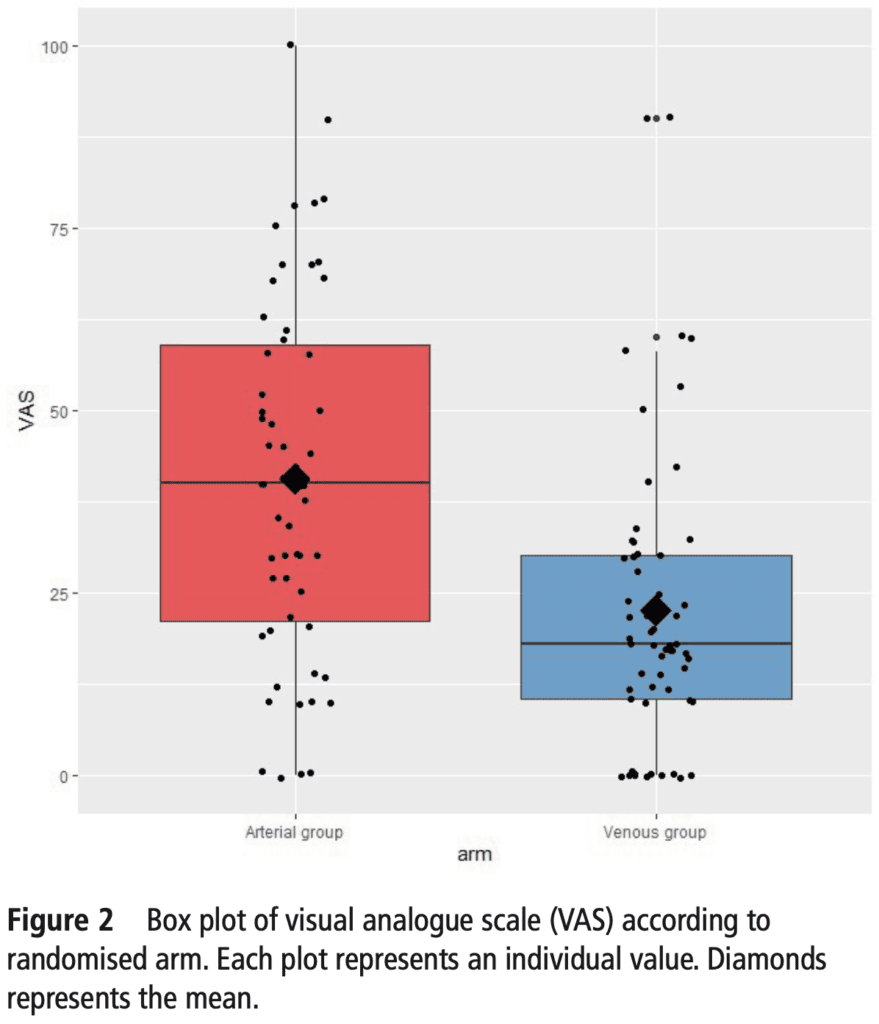
Q: What makes some women better or worse candidates for VBAC?Ī: The reason a woman needed a C-section in her previous pregnancy is the strongest predictor of whether she will have a successful VBAC. The decision will depend on several factors, such as whether the patient is planning for future pregnancies, the reason for her previous C-section and how she plans her birth experience. Overall, there are risks and benefits for both a VBAC and a repeat C-section. It also can prompt the need for early delivery and, potentially, require a hysterectomy. This can cause severe bleeding and injury to other organs at the time of delivery. There is the risk that the placenta attaches to the C-section scar and "invades" the uterus (known as “placenta accreta”). The more C-sections a woman has, the more risks there are for future pregnancies. The long-term risks for a C-section depend on how many C-sections a woman has had. In the short term, C-sections carry the same risks of any abdominal surgery, such as risks of bleeding and infection, with minimal risks to the baby. It is a true emergency.įor a repeat C-section patient, there are both short- and long-term risks to consider. But if it occurs, both the mother and baby will have internal bleeding. Luckily, for the most common type of C-section, the risk of this is less than 1%. Q: What are the biggest concerns with VBAC? What are the risks for repeated C-sections? How do these risks compare?Ī: The biggest concern is the risk that the previous C-section incision opens up (also known as uterine rupture). When performed in an appropriate hospital setting, the medical opinion has always been that a VBAC is a reasonable option for women who have been informed of the risks. As a result, women in many smaller communities either are unable to have VBACs or need to travel long distances to be at medical facilities capable of providing safe care for VBACs. Since the late 1990s, there has been a slight decline in the VBAC rate, due to safety concerns that VBACs should be done at hospital facilities that can provide emergent surgery, if needed. VBACs started in the 1970s and have been common practice since the 1980s. Michael Trifiro Q: How long have VBACs been performed? Has the opinion on them fluctuated among the medical community over time?Ī: It used to be that once a woman had a cesarean section (or C-section), she would always be told to have a C-section.


UC Davis Obstetrics and Gynecology physician Michael Trifiro answers some frequently asked questions about VBAC. According to the National Institutes of Health (NIH), 60 to 80 percent of women who attempt vaginal birth after cesarean section (VBAC) are successful.


 0 kommentar(er)
0 kommentar(er)
